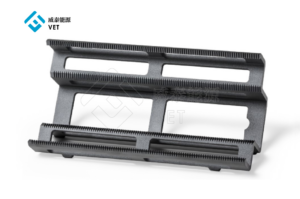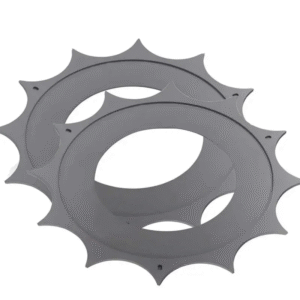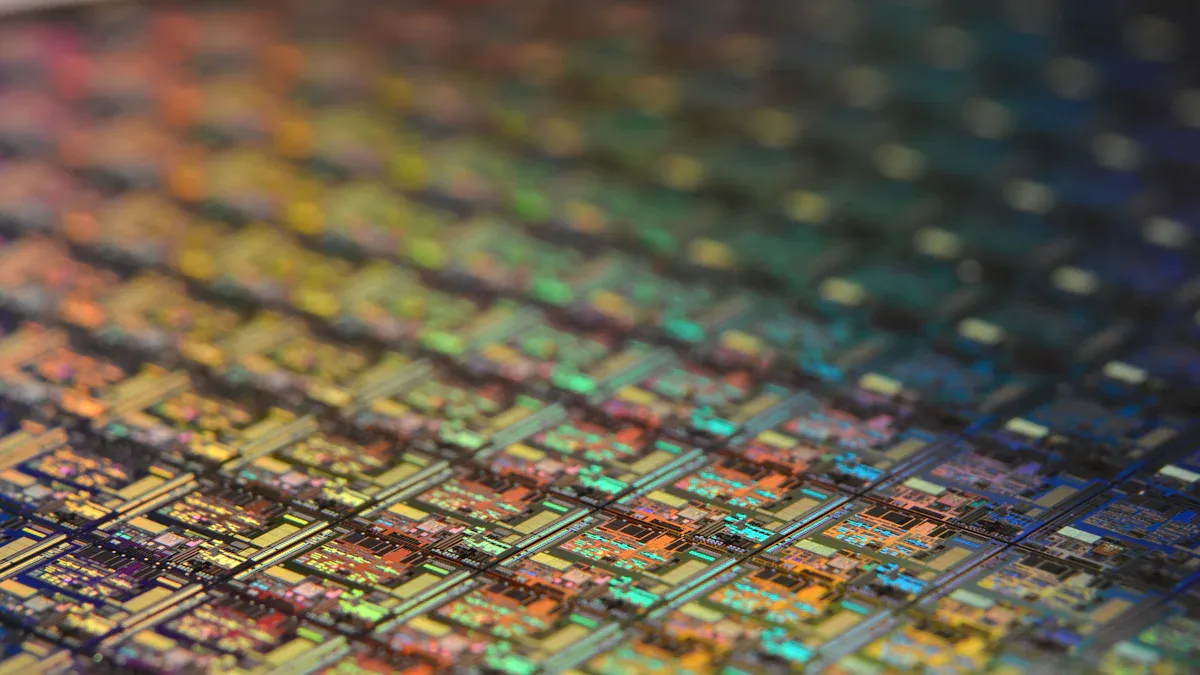
CVD SiC Coating offers outstanding chemical resistance and thermal stability, making it an ideal choice for protecting semiconductor wafer carriers. The global SIC COATING market for wafer carriers reached $864.79 million in 2023 and is expected to see robust growth in the coming years. To address advanced process demands in semiconductor fabrication, manufacturers increasingly utilize TAC COATING, CVD TAC COATING, and GRAPHITE SUSCEPTOR technologies alongside CVD SiC Coating.
| Year | SiC Coated Wafer Carrier Market (USD Million) |
|---|---|
| 2023 | 864.79 |
| 2030 | 1296.48 |
Key Takeaways
- CVD SiC Coating provides strong chemical resistance and thermal stability, protecting wafer carriers from harsh processing environments and extending their service life.
- The coating offers excellent mechanical strength and heat dissipation, ensuring wafer carriers maintain quality and reliability during rapid temperature changes.
- Using high-purity CVD SiC Coatings reduces contamination risks and supports advanced semiconductor manufacturing with improved device performance and lower maintenance costs.
CVD SiC Coating: Properties, Process, and Application
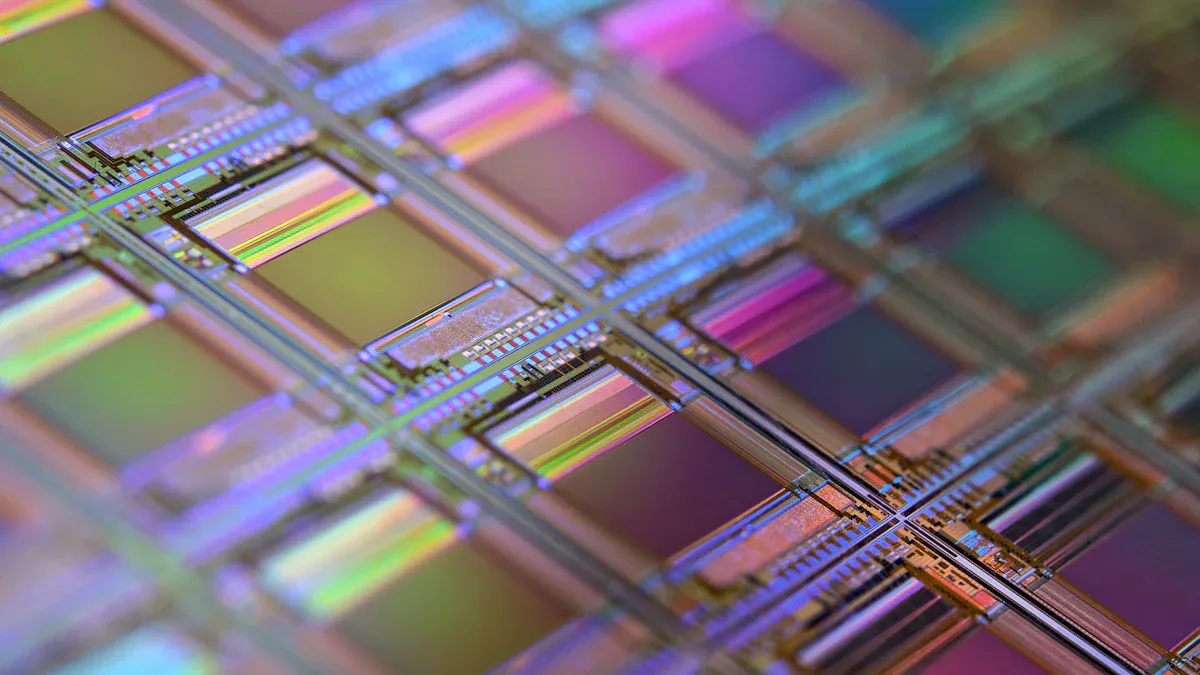
CVD SiC Coating Process for Wafer Carriers
The chemical vapor deposition (CVD) process for silicon carbide (SiC) coatings on wafer carriers involves precise control of several parameters to achieve high-quality results. Manufacturers adjust the deposition temperature, typically between 1200°C and 1500°C, to manage reaction kinetics and film properties. They maintain a specific gas composition, with the molar ratio of silicon tetrachloride (SiCl₄) to methane (CH₄) gradually changing from 0 to 1, and CH₄ concentration in the hydrogen carrier gas kept at 1-2% by volume. Sufficient hydrogen in the carrier gas is essential for graded SiC-C coating fabrication.
Tip: Laminar gas flow ensures uniform deposition, while turbulent flow can reduce film quality. Optimizing gas flow and pressure enhances mass transport and deposition efficiency.
Pressure conditions also play a crucial role, affecting the growth rate, morphology, and residual stress of the coating. By adjusting these parameters, manufacturers can produce thick SiC layers—up to 30 micrometers—with low residual stress, which is vital for preventing wafer cracking and bowing during subsequent processing steps. Chlorine-based precursors, such as methyltrichlorosilane, offer advantages for controlling growth between 1200°C and 1600°C. High temperatures above 1500°C can improve crystalline quality but may also increase the risk of defects if not carefully managed.
Key Properties of CVD SiC Coating
CVD SiC Coating provides a unique combination of mechanical strength, chemical inertness, and thermal stability, making it ideal for semiconductor wafer carriers. The surface roughness of these coatings remains below 10 micrometers, ensuring a smooth interface for wafer processing. Thickness uniformity ranges from 1.6% to 3.9%, which is critical for consistent device performance.
| Property | Value/Description |
|---|---|
| Hardness (Vickers) | ~28 GPa (2800 Vickers) |
| Young’s Modulus | 430 – 450 GPa |
| Thermal Conductivity | 116 W/mK |
| Heat Resistance | Stable up to 1700°C |
| Surface Roughness | <10 μm |
| Thickness Uniformity | 1.6% to 3.9% |
The hardness of CVD SiC Coating approaches a Mohs value of 9.5, nearly as hard as diamond, and its Young’s modulus can reach up to 450 GPa. This high mechanical strength allows the coating to withstand harsh processing environments. The chemical inertness of SiC surpasses that of silicon and silicon dioxide, as its strong Si-C covalent bonds resist most etching gases and chemical attacks. The etching rate of SiC remains much slower than silicon, even under aggressive conditions, which ensures long-term durability.
Thermal conductivity stands at 116 W/mK, enabling rapid heat dissipation and maintaining thermal uniformity across the wafer surface. This property, combined with low thermal expansion, preserves the structural integrity of wafer carriers during rapid temperature changes. As a result, CVD SiC Coating extends equipment lifespan, improves wafer quality, and increases production efficiency.
Application in Semiconductor Wafer Carriers
CVD SiC Coating finds widespread use in semiconductor wafer carrier applications, especially in epitaxial growth equipment such as metal-organic chemical vapor deposition (MOCVD) systems. These coatings are applied to graphite or silicon carbide carriers that support the growth of semiconductor thin films, including SiC, gallium nitride (GaN), and silicon.
- CVD SiC Coating provides thermal expansion matching with SiC wafers, reducing stress and defect formation.
- The high purity of the coating, up to 99.9995%, minimizes contamination during high-temperature processes.
- The coating’s high melting point (2830°C) allows operation above 1600°C, essential for advanced power device manufacturing.
Ningbo VET Energy Technology Co., Ltd specializes in producing CVD SiC Coating solutions for wafer carriers, ensuring high purity and uniformity. Their products support the manufacturing of silicon carbide power devices, such as Schottky barrier diodes (SBD) and MOSFETs, where temperature uniformity and low defect density are critical.
Note: SiC-coated graphite carriers serve as stable supports for epitaxial growth, protecting substrates from high-temperature, corrosive environments and reducing impurity contamination. These coatings also improve interface control and lattice matching, enhancing the quality of epitaxial films.
CVD SiC Coating remains essential in semiconductor wafer carrier applications, providing the durability, purity, and thermal stability required for next-generation device fabrication.
CVD SiC Coating: Benefits and Industry Comparison
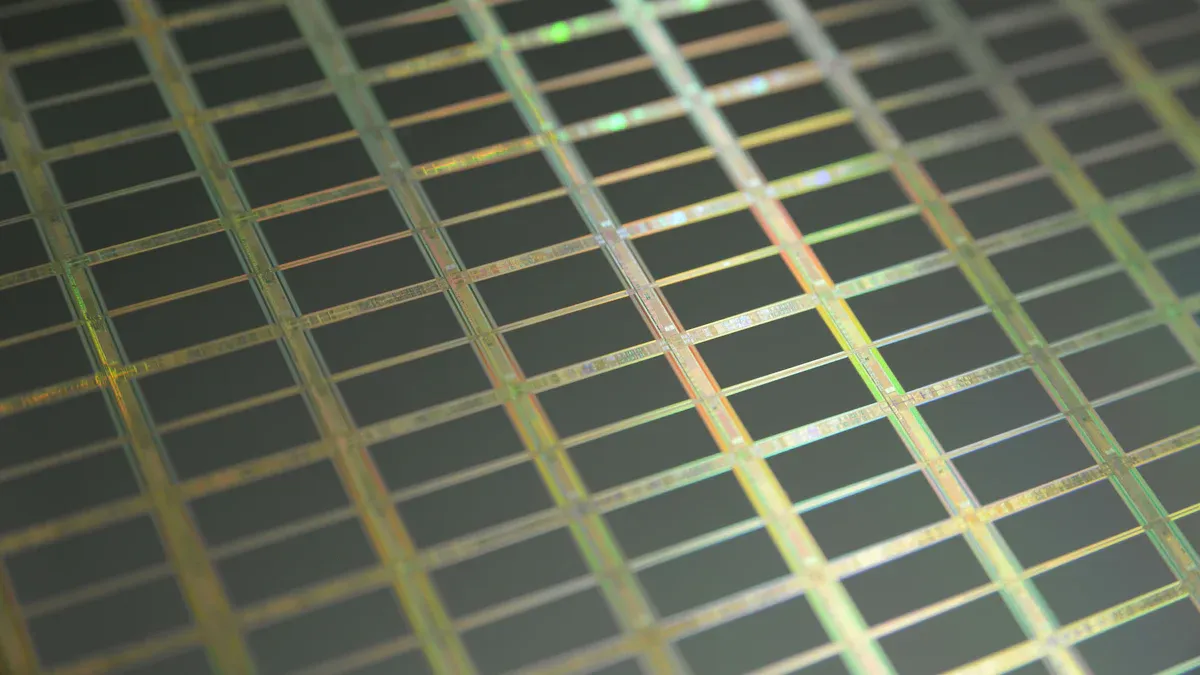
Advantages in Chemical Resistance and Thermal Stability
CVD SiC Coating delivers outstanding chemical resistance, which is essential for protecting wafer carriers in aggressive semiconductor processing environments. Devices without this coating often show significant degradation over time. In contrast, SiC-coated carriers maintain their integrity, exhibiting no dissolution or chemical reactions even under accelerated aging and harsh chemical exposure. The dense, gas-tight barrier formed by the coating prevents oxidation, corrosion, and attacks from reactive gases or plasmas. This level of protection ensures that wafer carriers avoid the erosion and contamination commonly seen in uncoated or silicon-coated alternatives.
| Property | CVD SiC Coated Graphite | Uncoated Graphite |
|---|---|---|
| Chemical Resistance | Excellent | Poor |
| Thermal Stability | >2000°C | Limited |
| Contamination Control | High | Low |
| Mechanical Protection | Superior | Weak |
| Lifecycle and Cost | Extended, cost-saving | Short, expensive |
| Suitability for Harsh Environments | Excellent | Poor |
Ningbo VET Energy Technology Co., Ltd manufactures CVD SiC Coating solutions that enable wafer carriers to withstand temperatures up to 1500°C in semiconductor processing. The combination of graphite substrates and SiC coatings provides excellent heat distribution and high thermal conductivity. High-purity materials further enhance durability and resistance at elevated temperatures, making these coatings ideal for advanced manufacturing.
Tip: CVD SiC Coating not only protects against chemical attack but also ensures stable operation during rapid temperature changes, reducing the risk of wafer damage.
Performance and Longevity in Semiconductor Environments
CVD SiC Coating significantly extends the service life of wafer carriers. The hard, protective surface resists corrosion and degradation at high temperatures, which is critical for maintaining structural integrity during repeated processing cycles. This durability leads to less frequent maintenance and replacement compared to traditional materials.
- The maximum temperature ratings for SiC wafer carriers reach up to 1500°C.
- The coating enhances service life and thermal stability.
- The graphite substrate and SiC coating together provide excellent heat distribution.
- High-purity materials contribute to durability at elevated temperatures.
CVD SiC-coated carriers withstand thermal shock and cyclic loads, which are common in semiconductor fabrication. Their superior resistance to wear and abrasion ensures that carriers remain reliable over extended periods. This reliability translates to lower operational costs and improved process consistency for manufacturers.
| Material Type | Durability and Maintenance Frequency | Key Properties Affecting Maintenance Frequency |
|---|---|---|
| CVD SiC Coated Susceptors | Longer service life; reduced maintenance/replacement | Superior thermal stability, excellent chemical resistance, enhanced durability |
| Graphite | More frequent maintenance/replacement | Good thermal conductivity but poor chemical resistance |
| Quartz | More frequent maintenance/replacement | Excellent thermal stability but lacks mechanical strength |
Ningbo VET Energy Technology Co., Ltd supports semiconductor manufacturers by providing CVD SiC-coated wafer carriers that minimize downtime and maximize productivity.
Comparison with Quartz, Alumina, and Other Coatings
CVD SiC Coating stands out when compared to other common wafer carrier materials such as quartz and alumina. Quartz offers resistance to most acids and organic solvents but becomes vulnerable to hydrofluoric acid and strong alkalis at high temperatures. Alumina provides good mechanical strength and high temperature resistance, but its chemical resistance is less robust and not always well-documented.
| Material | Chemical Resistance | Limitations | Additional Properties |
|---|---|---|---|
| Quartz | Most acids/solvents | Susceptible to HF, strong alkalis at high temperatures | High purity, brittle |
| Alumina | Good | Specific chemical resistance less explicit | Good mechanical strength, high temperature resistance |
| CVD SiC Coating | Superior | Possible degradation if not properly deposited | High strength, wear-resistant, cost-effective for harsh environments |
CVD SiC Coating provides unmatched erosion resistance and chemical durability. Its high strength and wear resistance make it a cost-effective and high-quality solution for harsh chemical environments. In terms of thermal shock resistance, SiC coatings perform better than pyrolytic carbon and offer a more balanced combination of cost, chemical resistance, and durability than tantalum carbide (TaC) coatings. While TaC can withstand higher temperatures, it is more brittle, costly, and less stable in oxidizing environments.
CVD SiC coatings on graphite substrates exhibit high thermal conductivity, low thermal expansion, and excellent flexural strength. These features ensure high thermal uniformity and stability, which are essential for next-generation semiconductor device fabrication.
Note: Manufacturers seeking to improve wafer carrier performance and reliability consistently choose CVD SiC Coating for its superior balance of chemical, thermal, and mechanical properties.
CVD SiC Coating offers unmatched purity, durability, and thermal stability for semiconductor wafer carriers. Manufacturers benefit from precise wafer alignment, efficient heat dissipation, and extended equipment life.
- High-purity materials prevent contamination
- Superior thermal and chemical resistance ensures reliability
This technology supports next-generation semiconductor manufacturing.
FAQ
What is the typical thickness of CVD SiC coatings on wafer carriers?
Manufacturers usually apply CVD SiC coatings with thicknesses ranging from 10 to 30 micrometers. This range provides optimal protection and maintains carrier performance.
How does CVD SiC coating prevent contamination during semiconductor processing?
The coating forms a dense, high-purity barrier. This barrier blocks impurities and resists chemical attack, ensuring clean wafer surfaces throughout high-temperature processes.
Can CVD SiC-coated carriers withstand rapid temperature changes?
Yes. CVD SiC-coated carriers show excellent thermal shock resistance. They maintain structural integrity and performance during rapid heating and cooling cycles.
Tip: Regular inspection of coated carriers helps maintain optimal performance and extends service life.


